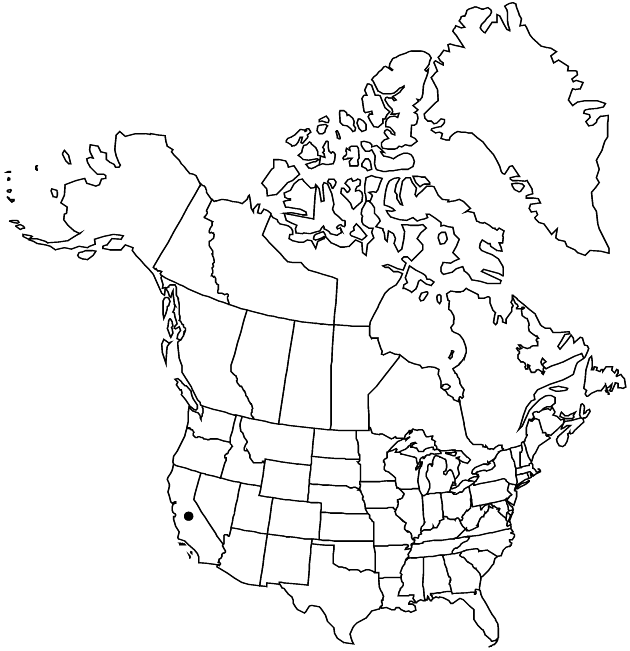Difference between revisions of "Erigeron maniopotamicus"
Sida 21: 673, fig. 1. 2004.
FNA>Volume Importer |
FNA>Volume Importer |
||
| Line 48: | Line 48: | ||
|publication year=2004 | |publication year=2004 | ||
|special status= | |special status= | ||
| − | |source xml=https://jpend@bitbucket.org/aafc-mbb/fna-data-curation.git/src/ | + | |source xml=https://jpend@bitbucket.org/aafc-mbb/fna-data-curation.git/src/8f726806613d60c220dc4493de13607dd3150896/coarse_grained_fna_xml/V19-20-21/V20_567.xml |
|tribe=Asteraceae tribe Astereae | |tribe=Asteraceae tribe Astereae | ||
|genus=Erigeron | |genus=Erigeron | ||
Revision as of 15:24, 18 September 2019
Perennials, 10–22(–27) cm, tap-rooted, caudices usually simple, rarely with branches to 20 cm. Stems ascending to decumbent-ascending (usually basally purplish), sparsely to densely strigose (basal cells inclined, hairs even-width), eglandular. Leaves basal (persistent) and cauline; blades (strongly to weakly 3-nerved) oblanceolate to spatulate-oblanceolate, 30–100 × (3–)5–12(–14) mm, cauline gradually reduced distally or not, usually continuing to near heads, margins entire, faces hirsuto-pilose to weakly pilose, eglandular. Heads 1(–4) (on peduncles 0.5–5 cm), held well beyond leaves at peak flowering, from branches near midstem (or slightly more distal). Involucres (5–)6–7 × 9–12(–14) mm. Phyllaries in 2–3(–4) series, (elliptic- to oblong-oblanceolate, abruptly acuminate), hirsuto-strigose to -pilose, densely villous at bases, usually eglandular, sometimes sparsely glandular. Ray florets (16–)21–33; corollas white to pinkish or purplish, 10–12 mm, laminae not (or weakly) coiling or reflexing. Disc corollas 3.2–3.8 mm. Cypselae 2–2.5 mm, 2-nerved, faces sparsely strigose; pappi: outer of setae, inner of 16–20 bristles.
Phenology: Flowering Jun–Aug.
Habitat: Dry, barren meadows and openings in mixed conifer woodlands
Elevation: 1300–1500 m
Discussion
Of conservation concern.
Selected References
None.
